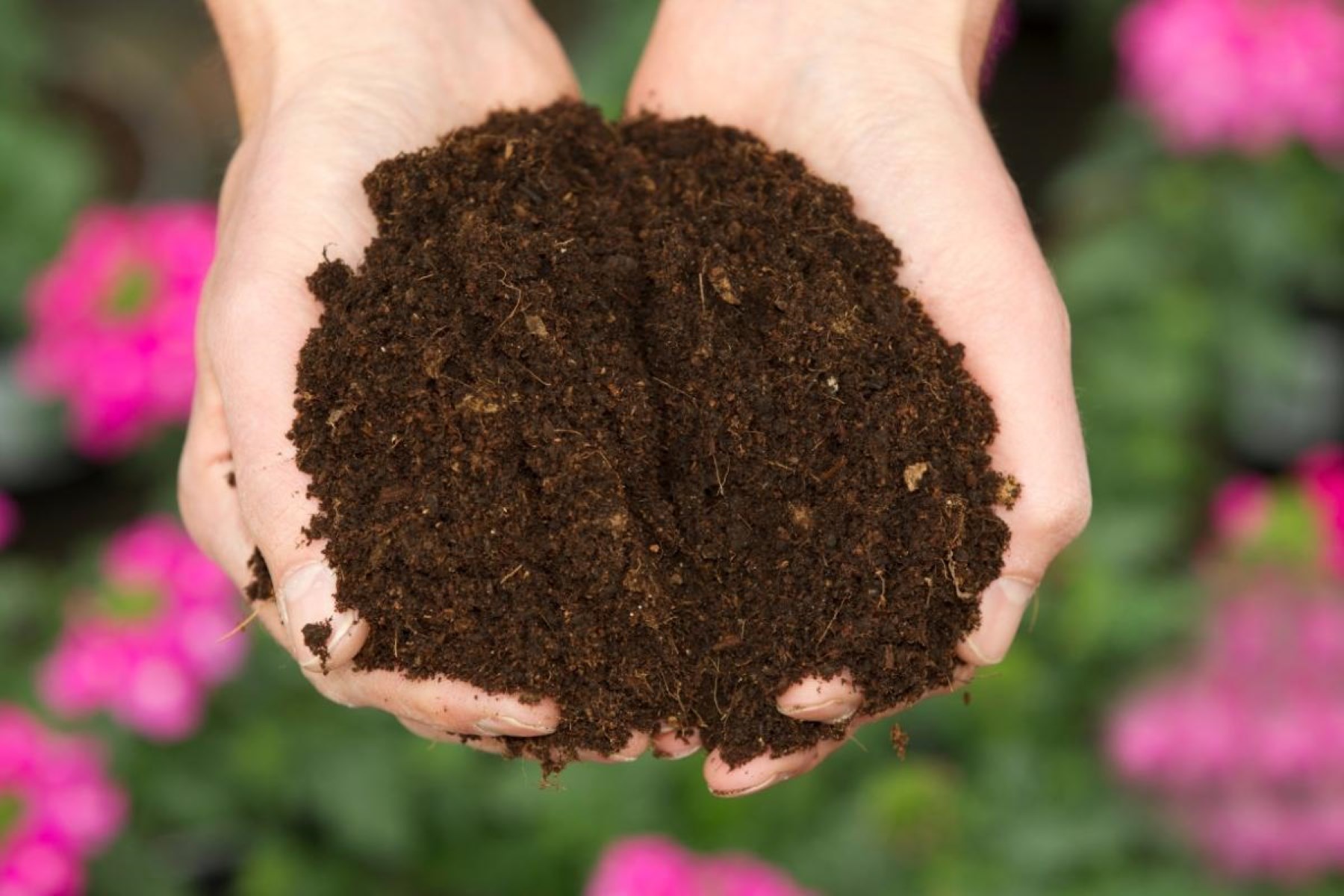

Articles
How To Store Used Potting Soil
Modified: December 7, 2023
Learn how to store and reuse potting soil effectively with this helpful article. Discover tips and tricks for preserving and maintaining your used potting soil.
(Many of the links in this article redirect to a specific reviewed product. Your purchase of these products through affiliate links helps to generate commission for Storables.com, at no extra cost. Learn more)
Introduction
When it comes to gardening, potting soil plays a crucial role in providing the necessary nutrients and structure to help plants thrive. However, after a season of use, you might find yourself wondering what to do with the leftover potting soil. The good news is that you don’t have to toss it away. With proper storage techniques, you can reuse this valuable resource for your future gardening endeavors.
Storing used potting soil not only saves you money but also helps reduce waste and promotes sustainability. By properly storing the soil, you can preserve its quality and ensure that it remains fertile and nutrient-rich, ready to support your plants once again. In this article, we will explore the reasons why you should store used potting soil and provide a step-by-step guide on how to do it effectively.
Before we delve into the specifics of storing used potting soil, it’s important to understand why it’s worth the effort. When you reuse potting soil, you are recycling a valuable resource and minimizing the need to purchase new soil. This not only helps reduce your gardening expenses but also decreases the environmental impact associated with manufacturing, packaging, and transporting new soil.
Furthermore, potting soil is a carefully formulated blend of organic matter, nutrients, and minerals that provide the optimal conditions for plants to grow. By storing and reusing this soil, you are preserving its beneficial qualities and ensuring that future plants will have access to the essential elements they need to thrive.
However, before you start storing your used potting soil, there are a few factors that you need to consider. These factors will help determine the best method of storage and ensure the longevity and usability of the soil.
Key Takeaways:
- Storing used potting soil not only saves money and reduces waste but also promotes sustainability by preserving beneficial soil qualities and maintaining microbial activity, contributing to healthier plants and more productive garden beds.
- Reusing stored potting soil offers cost-saving, environmental sustainability, and the convenience of a customizable growing medium. By avoiding common mistakes and following helpful tips, you can maximize the benefits of this valuable resource in your gardening projects.
Read more: How To Store Potting Soil
Factors to Consider Before Storing Used Potting Soil
- Condition of the soil: Assess the condition of the used potting soil. If it is still loose, has a good texture, and doesn’t contain any pests or diseases, it can be reused. If the soil is compacted, has an unpleasant odor, or shows signs of pests or diseases, it may not be suitable for storage and should be discarded.
- Quality of the potting mix: Consider the quality of the potting mix. If it was a high-quality commercial mix with a balanced nutrient profile, it is worth storing. However, if it was a lower quality mix or if you added organic amendments that have already been depleted, it may be better to start fresh with new soil.
- Types of plants grown: Different plants have different nutrient requirements. If the previous plants had specific nutrient needs that may have depleted the soil, you may need to amend it before reusing. Consider the types of plants you will be growing in the future and whether the stored soil will provide the necessary nutrients.
- Pest and disease management: Ensure that the used potting soil is free from pests, diseases, and weed seeds. If there were any issues with the previous plants, it is important to address and eliminate them before storing the soil. This will prevent the spread of pests and diseases to future plants.
Once you have considered these factors and determined that your used potting soil is suitable for storage, you can proceed with the step-by-step process. This will ensure that you are able to store the soil effectively and reap the benefits of reusing it in your future gardening projects.
Why Store Used Potting Soil?
Storing used potting soil offers a range of benefits for both your garden and the environment. Let’s delve into the reasons why it’s worthwhile to store and reuse your potting soil:
1. Cost-saving
One of the main advantages of storing used potting soil is the cost-saving aspect. Buying new potting soil for each gardening season can add up and put a strain on your gardening budget. By reusing the soil, you can significantly reduce your expenses and allocate those savings to other gardening supplies or plants.
2. Environmentally friendly
Storing and reusing potting soil contributes to a more sustainable approach to gardening. The production of new potting soil requires the extraction of natural resources, energy, and transportation, all of which have an impact on the environment. By reusing soil, you are helping to reduce waste and conserve resources, making an eco-friendly choice for your garden.
Read more: How To Store Potting Soil In An Apartment
3. Preserves beneficial soil qualities
Potting soil is carefully formulated to provide necessary nutrients, aeration, and drainage for plants. When you store used potting soil properly, you preserve its beneficial qualities, such as its nutrient content and structure. This means that the stored soil will continue to provide adequate support and nourishment for plants, promoting healthy growth and abundant harvests.
4. Maintains microbial activity
Soil microbes play a critical role in breaking down organic matter and making essential nutrients available to plants. Storing potting soil correctly helps maintain microbial activity, ensuring that beneficial microorganisms are present in the soil when you use it again. This microbial activity enhances the soil’s fertility and aids in the overall health of your plants.
5. Improves soil structure
Over time, potting soil can become compacted and lose its structure. By storing the soil, you give it a chance to rest and regain its original structure. This helps promote better water drainage, root growth, and air circulation within the soil. All of these factors contribute to healthier plants and more productive garden beds.
6. Customizable and consistent growing medium
Every gardener has specific requirements for the plants they grow. By storing and reusing potting soil, you have the opportunity to customize the soil mix based on your needs. You can amend the stored soil with additional organic matter, nutrients, or supplements to create a tailored growing medium. This flexibility allows you to cater to the unique requirements of different plants, ensuring their optimal growth.
By understanding the benefits of storing used potting soil, you can make an informed decision to reuse and conserve this valuable resource. Now that we’ve explored the why, let’s dive into the how. In the next section, we’ll provide a step-by-step guide to effectively storing used potting soil.
Key Takeaways:
- Storing used potting soil not only saves money and reduces waste but also promotes sustainability by preserving beneficial soil qualities and maintaining microbial activity, contributing to healthier plants and more productive garden beds.
- Reusing stored potting soil offers cost-saving, environmental sustainability, and the convenience of a customizable growing medium. By avoiding common mistakes and following helpful tips, you can maximize the benefits of this valuable resource in your gardening projects.
Read more: How To Store Potting Soil
Factors to Consider Before Storing Used Potting Soil
Before you start storing your used potting soil, there are several important factors that you should take into consideration. These factors will help determine whether the soil is suitable for storage and how best to preserve its quality. Here are the key factors to consider:
1. Condition of the soil
Assess the condition of the used potting soil before deciding to store it. If the soil is loose, has a good texture, and doesn’t contain any pests or diseases, it can be reused. On the other hand, if the soil is compacted, has an unpleasant odor, or shows signs of pests or diseases, it may not be suitable for storage and should be discarded.
2. Quality of the potting mix
Consider the quality of the potting mix you used. If it was a high-quality commercial mix with a balanced nutrient profile, it is worth storing for future use. However, if the potting mix was a lower quality brand or if you added organic amendments that have already been depleted, it may be better to start fresh with new soil for optimal plant growth.
3. Types of plants grown
Different plants have different nutrient requirements. Consider the types of plants you will be growing in the future and whether the stored soil will provide the necessary nutrients. Some plants may deplete specific nutrients from the soil, so you may need to amend the stored soil with organic matter or additional nutrients before reusing it. This will ensure that your plants have the optimal growing conditions they need.
Read more: How To Store Potting Soil Outside
4. Pest and disease management
Ensure that the used potting soil is free from pests, diseases, and weed seeds before storing it. If you encountered any issues with pests or diseases during the previous growing season, it is essential to address and eliminate them before storing the soil. This will prevent the spread of pests and diseases to your future plants.
5. Soil amendments
Consider the amendments you added to the potting soil. Some organic amendments, such as compost or well-rotted manure, may break down over time and lose their nutrient content. If your soil amendments have been depleted and are not providing the necessary nutrients, you may need to supplement the stored soil with fresh amendments or organic fertilizers before reusing it to ensure optimal plant growth.
6. Storage location
Choose an appropriate storage location for your used potting soil. It should be a cool, dry area protected from direct sunlight and extreme temperatures. Excessive heat or moisture can encourage the growth of mold, fungi, and bacteria, rendering the soil unusable. Consider using storage containers, such as plastic bins or bags, to protect the soil from moisture and pests.
By considering these factors, you can determine the viability of storing your used potting soil and take the necessary steps to preserve its quality. Taking the time to assess the condition and make any required amendments will ensure that your future plants have a healthy growing medium that supports their growth and yields abundant harvests.
Now that you understand the factors to consider, let’s proceed to the next section of our guide, where we will provide a step-by-step guide to effectively storing used potting soil.
Step-by-Step Guide to Storing Used Potting Soil
Now that you’ve assessed the condition of your used potting soil and considered the necessary factors, it’s time to learn how to effectively store it. Follow this step-by-step guide to ensure that your soil remains fertile and ready for future use:
Read more: How To Store Potting Soil Over Winter
Step 1: Prepare the soil
Before storing the potting soil, ensure that it is free from any plant debris, roots, or large clumps. Use a garden fork or a garden trowel to break up any compacted areas and loosen the soil. Remove any weeds or weed seeds that may be present.
Step 2: Treat pests and diseases
If you encountered any pests or diseases in your previous growing season, it’s crucial to address them before storing the soil. Remove any visible pests or diseases manually, and consider treating the soil with organic solutions, such as neem oil or beneficial nematodes, to eliminate any remaining pests or pathogens.
Step 3: Amend the soil (if necessary)
If your soil lacks essential nutrients or organic matter, consider amending it before storage. Add well-rotted compost or organic fertilizers to replenish any nutrients that have been depleted. Mix the amendments thoroughly into the soil to ensure an even distribution.
Step 4: Store the soil in a suitable container
Choose a clean and sturdy container to store your potting soil. Plastic bins with lids or heavy-duty plastic bags are excellent options. Make sure the container is large enough to hold the amount of soil you want to store. Label the container with the date and any relevant information to help you keep track of its storage time.
Read more: What Soil To Use For Outdoor Potted Plants
Step 5: Store the soil in a cool, dry place
Find a suitable storage location for your container of soil. It should be a cool, dry area protected from direct sunlight and extreme temperature fluctuations. A basement, garage, or dry shed are commonly used storage spaces. Avoid areas prone to excessive moisture, as it can promote mold or fungal growth in the soil.
Step 6: Monitor the soil periodically
Check on your stored soil periodically to ensure it remains in good condition. Inspect for any signs of moisture, pests, or mold. If you notice any issues, take appropriate measures to address them immediately, such as adding more ventilation or adjusting the storage conditions as needed.
Step 7: Rejuvenate the soil before reuse
Prior to reusing the stored potting soil, it’s important to rejuvenate it. Mix in fresh organic matter, such as compost or well-rotted manure, to restore the soil’s nutrient content. You can also consider adding slow-release organic fertilizers or amendments specific to the needs of the plants you plan to grow.
By following these steps, you can effectively store your used potting soil and ensure that it remains fertile and nutrient-rich for future use. Taking the time to properly store and rejuvenate the soil will contribute to the success and health of your plants in your upcoming gardening projects.
Now that you have learned how to store the soil, let’s explore the benefits of properly storing used potting soil in the next section.
Benefits of Properly Storing Used Potting Soil
Properly storing used potting soil offers a range of benefits that can positively impact your garden and gardening practices. Let’s explore some of the key benefits of storing your soil correctly:
1. Cost-saving
Storing and reusing potting soil can significantly reduce your gardening expenses. By preserving and maintaining the quality of the soil, you eliminate the need to purchase new soil for each gardening season. This cost-saving advantage allows you to allocate your budget towards other gardening essentials or invest in new plants or tools.
2. Environmental sustainability
Storing and reusing potting soil aligns with sustainable gardening practices. By minimizing waste and reducing the need for new soil production, you contribute to environmental sustainability. The manufacturing and transportation processes involved in producing new potting soil can have a significant carbon footprint. By reusing soil, you help conserve resources and reduce greenhouse gas emissions.
3. Preserves beneficial soil properties
Properly storing used potting soil preserves its beneficial properties, including its nutrient content, structure, and microbial activity. When stored correctly, the soil retains its fertility and ability to support plant growth. This preserves the soil’s beneficial microorganisms, which play a crucial role in nutrient cycling and maintaining soil health.
4. Provides consistent growing medium
By storing your potting soil properly, you ensure a consistent growing medium for your plants. The stored soil retains its previous composition, including its nutrient levels, pH balance, and moisture-retaining capacity, providing a stable and optimal environment for plants. This consistency allows you to better predict and manage the needs of your plants for successful growth.
Read more: How To Make Potting Soil Mix
5. Convenience and accessibility
Storing used potting soil provides convenience and accessibility for future gardening projects. Having a ready-to-use supply of soil on hand allows for quick and easy planting, whether it be in containers, raised beds, or garden plots. This accessibility saves time and effort, allowing you to focus on other aspects of your gardening tasks.
6. Customization and experimentation
Storing your own potting soil gives you the flexibility to customize and experiment with the soil mix. You can amend the stored soil with organic matter, compost, or specific nutrients to meet the unique requirements of different plants. This customization allows you to create a tailored growing medium for specific crops and maximize their growth potential.
Overall, properly storing used potting soil offers numerous benefits, including cost-saving, environmental sustainability, and the preservation of beneficial soil properties. By taking the time to store your soil correctly, you ensure a consistent and reliable resource for your gardening needs while reducing your environmental impact.
Now that we’ve explored the benefits, let’s take a look at some common mistakes to avoid when storing used potting soil in the next section.
Common Mistakes to Avoid When Storing Used Potting Soil
While storing used potting soil is a great way to save money and reduce waste, there are some common mistakes that gardeners can make that may compromise the quality and usability of the soil. By being aware of these mistakes, you can ensure that your stored potting soil remains in optimal condition for future use. Here are some common mistakes to avoid:
1. Storing contaminated soil
One of the biggest mistakes is storing potting soil that is contaminated with pests, diseases, or weed seeds. Before storing the soil, make sure to inspect it thoroughly and remove any visible pests, diseases, or weed roots. Treating the soil with organic solutions, such as neem oil or beneficial nematodes, can help eliminate any remaining pests or pathogens.
2. Not assessing the condition of the soil
It’s important to assess the condition of the used potting soil before storage. If the soil is compacted, has a foul odor, or shows signs of infestation or disease, it may not be suitable for storage. It’s best to discard such soil and start fresh with new potting soil to ensure optimal plant growth.
3. Neglecting soil amendments
If the used potting soil has been depleted of nutrients or organic matter, it’s essential to amend it before storage. Adding well-rotted compost or organic fertilizers helps replenish the soil’s nutrient content and improves its overall quality. Neglecting to amend the soil can result in poor plant growth when using it in future gardening projects.
4. Improper storage container
Choosing the right storage container is crucial for preserving the quality of the stored soil. Using containers that are not airtight or do not provide adequate protection from moisture can lead to mold growth or soil degradation. Plastic bins with secure lids or heavy-duty plastic bags are good options for storing potting soil.
5. Exposing the soil to extreme conditions
Proper storage conditions are important to maintain the quality of the potting soil. Avoid exposing the soil to extreme temperatures, direct sunlight, or excessive moisture. Extremes in temperature or moisture can promote the growth of mold, fungi, and bacteria, rendering the soil unusable. Find a cool, dry location for storing the soil.
6. Not monitoring the soil periodically
While the soil is in storage, it’s important to monitor it periodically for any signs of pests, diseases, or changes in moisture content. Check the stored soil every few weeks and address any issues immediately. Adjust the storage conditions, if necessary, to maintain the soil’s quality and prevent any potential problems.
By avoiding these common mistakes, you can ensure that your stored potting soil remains in good condition and ready for use in your future gardening endeavors. Properly stored soil will retain its fertility and provide a solid foundation for healthy plant growth.
In the next section, we will provide some tips for reusing the stored potting soil to maximize its benefits.
Tips for Reusing Stored Potting Soil
Reusing stored potting soil is a great way to maximize its benefits and save money on gardening expenses. By following these helpful tips, you can ensure that the stored soil is ready for optimal plant growth in your future gardening projects:
1. Rejuvenate the soil
Prior to reusing the stored potting soil, it’s important to rejuvenate it. Mix in fresh organic matter, such as compost or well-rotted manure, to restore the soil’s nutrient content. This will replenish any nutrients that may have been depleted during storage and improve the overall fertility of the soil.
2. Add amendments based on plant needs
Consider the specific needs of the plants you plan to grow and add appropriate amendments to the stored potting soil. Different plants have different nutrient requirements, so amend the soil accordingly. For example, if you plan to grow vegetables that require a high level of nutrients, add additional organic fertilizers or compost to enrich the soil.
3. Test the soil pH
Before reusing the stored soil, it’s a good idea to test its pH level. Some plants prefer slightly acidic soil, while others thrive in alkaline conditions. Use a soil testing kit or take a sample to a local garden center for testing. If necessary, adjust the pH by adding lime to raise it or sulfur to lower it to the desired level.
4. Mix in fresh potting soil
If the stored potting soil has been depleted or doesn’t have the desired texture, consider mixing in fresh potting soil. This will help improve the overall quality of the soil and ensure that it provides the necessary drainage, aeration, and nutrient availability. Aim to mix about 20-30% fresh potting soil with the stored soil for optimal results.
5. Check for pests and diseases
Before using the stored potting soil, inspect it for any signs of pests or diseases. Such issues can lead to problems in your new gardening projects. If you notice any pests or signs of disease, consider treating the soil with organic solutions or opt to discard the affected portions and use only the healthy soil.
6. Use the soil for appropriate plants
Consider the nutrient requirements and growing needs of the plants you plan to grow. Choose to reuse the stored potting soil for plants that have similar nutrient requirements to what the soil can provide. This will ensure that the plants have access to the necessary nutrients for healthy growth.
Read more: How To Make A High Acid Potting Soil Mix
7. Consider crop rotation
If you practice crop rotation in your garden, plan the use of the stored potting soil accordingly. Different plants have different nutrient needs, so rotate the soil among different areas of the garden to prevent nutrient depletion and reduce the risk of pests and diseases building up in the soil.
By following these tips, you can effectively reuse the stored potting soil and maximize its benefits in your gardening projects. Remember to replenish nutrients, adjust pH if needed, inspect for pests and diseases, and match the soil to appropriate plants. With proper care and preparation, the stored soil can continue to support healthy plant growth and contribute to successful gardening.
As we conclude this article, keep in mind that proper storage and reusing of potting soil are not only beneficial for your garden but also contribute to a more sustainable and eco-friendly approach to gardening. By reducing waste and conserving resources, you can make a positive impact on the environment while enjoying the rewards of a thriving garden.
Conclusion
Storing used potting soil is a practical and eco-friendly solution that allows you to save money, reduce waste, and promote sustainable gardening practices. By properly assessing the condition of the soil, considering the necessary factors, and following the step-by-step guide we provided, you can effectively store and reuse your potting soil for future gardening projects.
By storing used potting soil, you not only save on the expense of purchasing new soil each season but also contribute to environmental sustainability. Reducing waste and conserving resources by reusing soil helps lessen the carbon footprint associated with the production and transportation of new potting soil.
Properly stored potting soil retains its beneficial properties, such as nutrient content, microbial activity, and soil structure. This allows you to provide consistent and optimized growing conditions for your plants. The ability to customize the soil mix based on the specific nutrient requirements of different plants further enhances their growth potential.
When reusing stored potting soil, it’s important to rejuvenate it by adding fresh organic matter, adjusting the pH as needed, and checking for pests and diseases. Additionally, mixing in fresh potting soil and considering crop rotation can further enhance the quality and suitability of the soil for different plants.
By avoiding common mistakes such as storing contaminated soil, neglecting soil amendments, using improper storage containers, and not monitoring the soil periodically, you can ensure the integrity and usability of your stored potting soil. Following these tips and best practices will help you make the most of this valuable resource.
In conclusion, storing used potting soil offers numerous benefits, including cost-saving, environmental sustainability, and the preservation of soil quality. By implementing proper storage techniques and reusing the soil effectively, you can create a more sustainable and successful gardening practice that nurtures both your plants and the environment.
So, don’t discard your used potting soil. Give it a second life by storing it properly and reap the rewards in your future gardening endeavors. Enjoy the satisfaction of reducing waste, saving money, and creating a healthier and more abundant garden.
Frequently Asked Questions about How To Store Used Potting Soil
Was this page helpful?
At Storables.com, we guarantee accurate and reliable information. Our content, validated by Expert Board Contributors, is crafted following stringent Editorial Policies. We're committed to providing you with well-researched, expert-backed insights for all your informational needs.
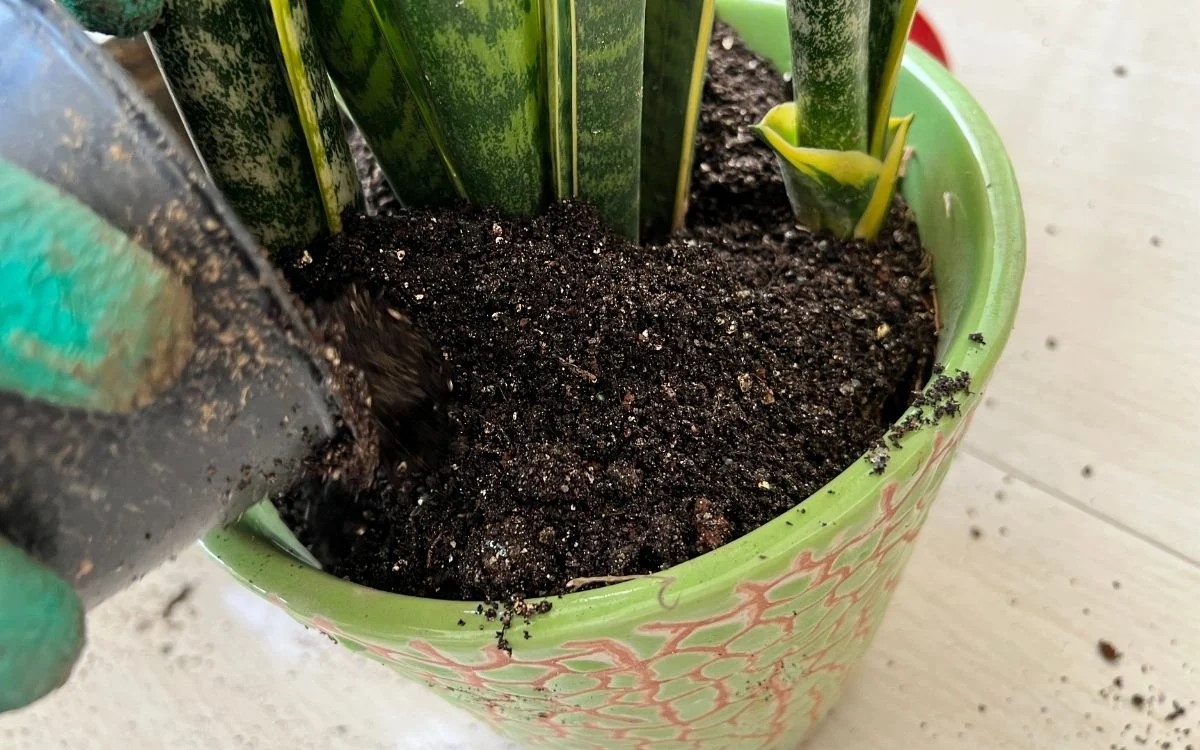
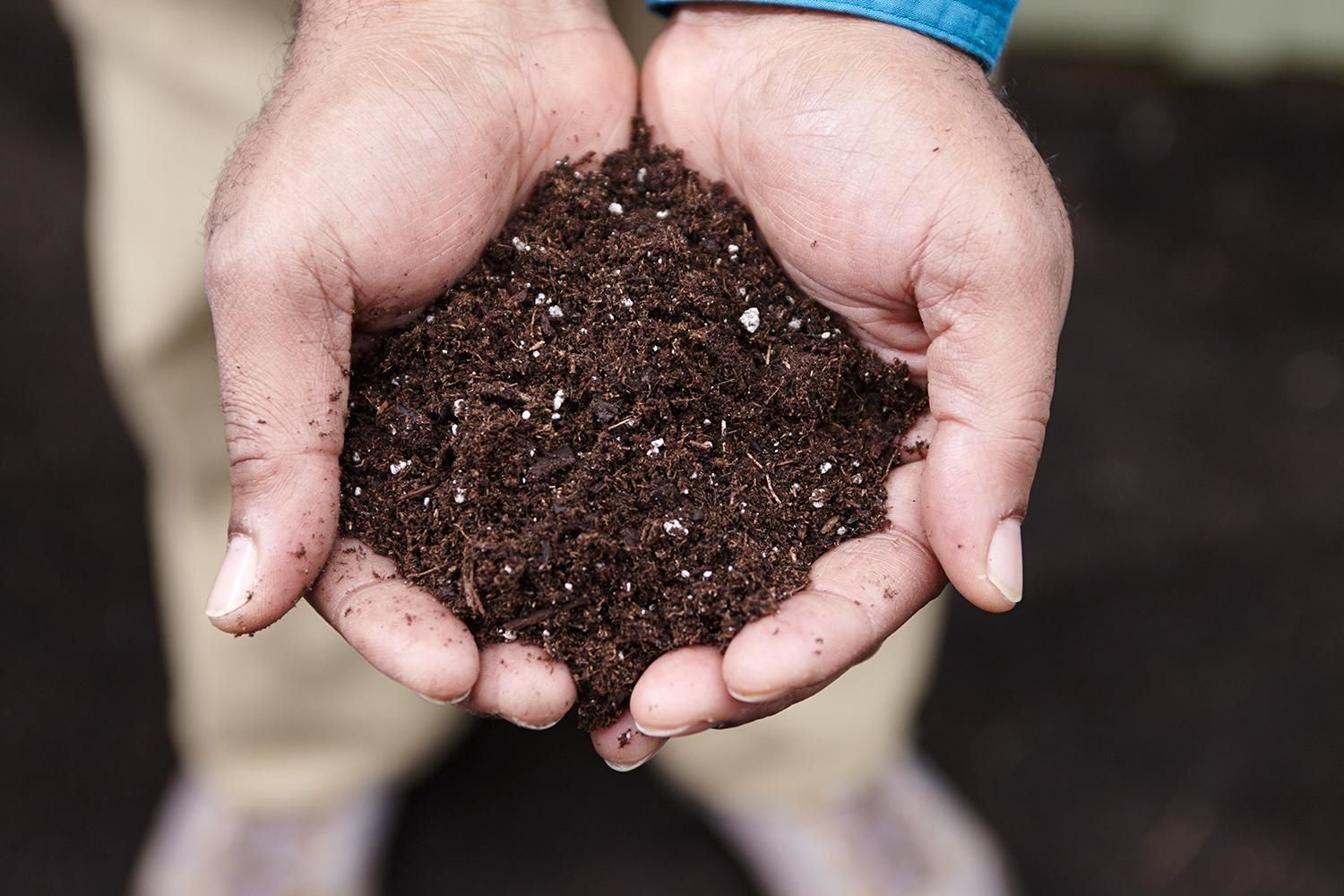
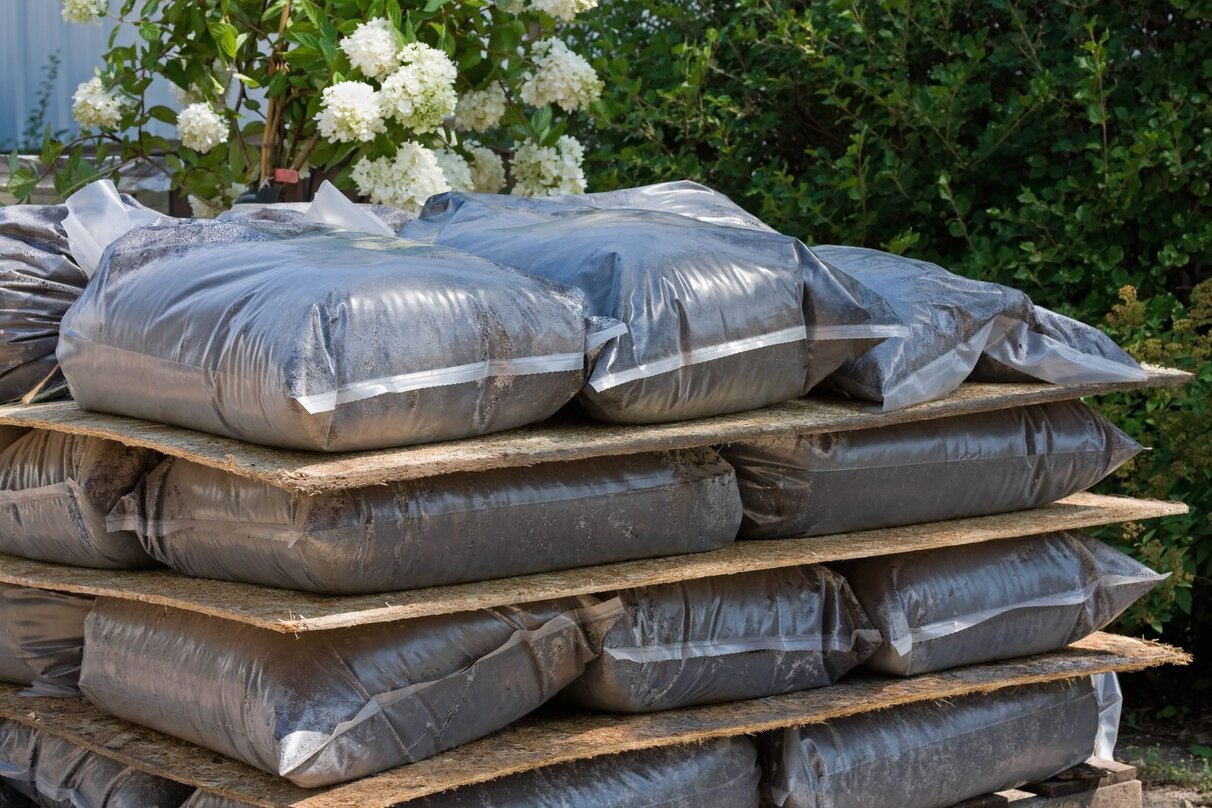
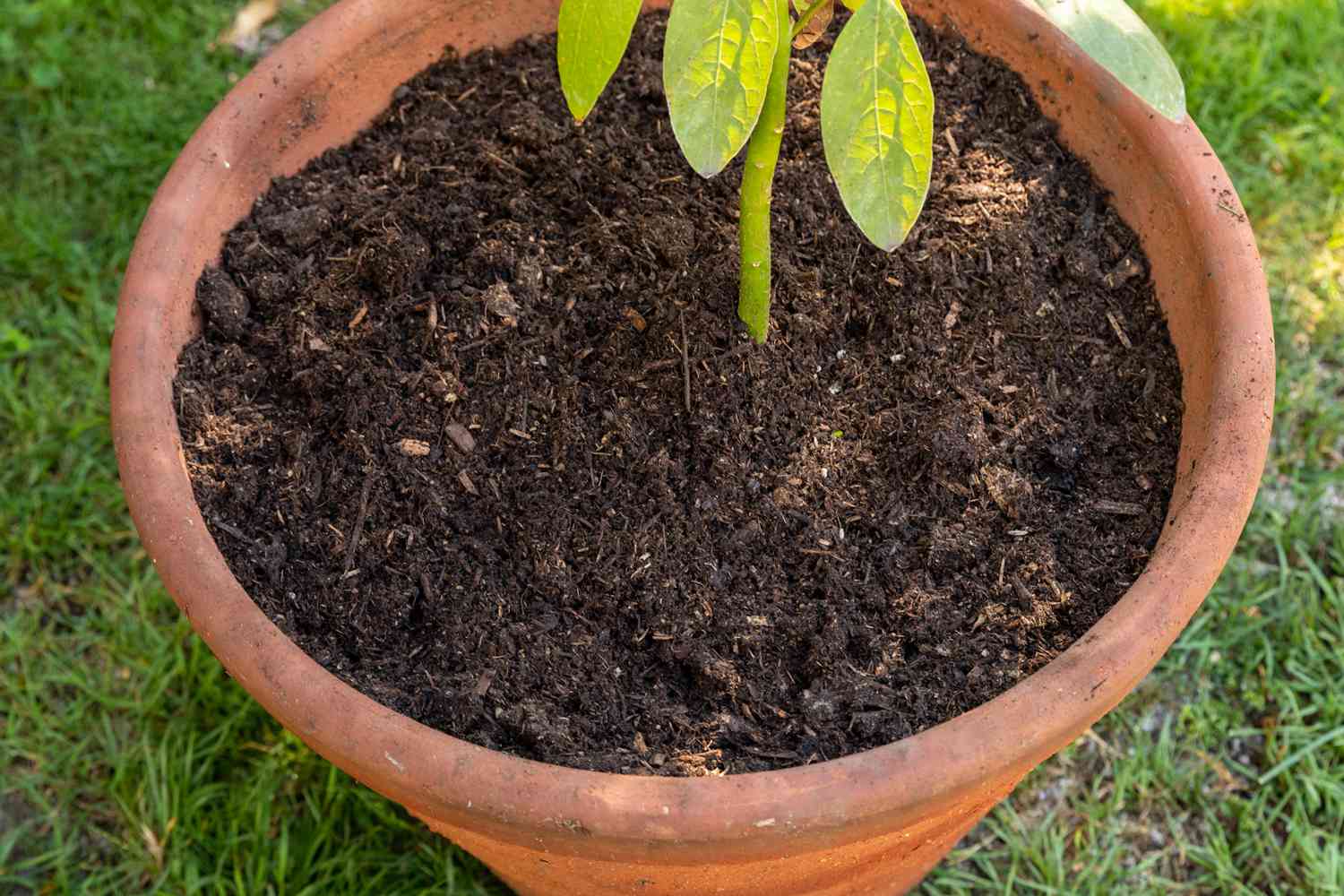

0 thoughts on “How To Store Used Potting Soil”